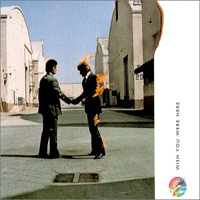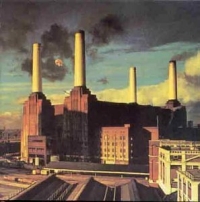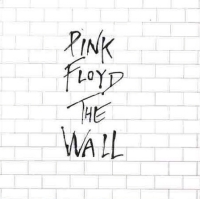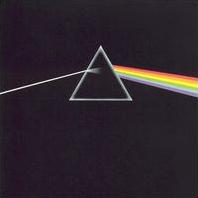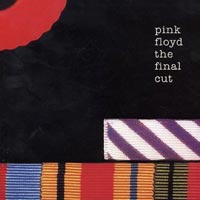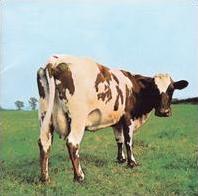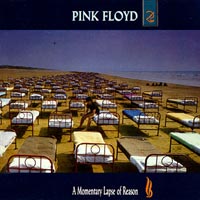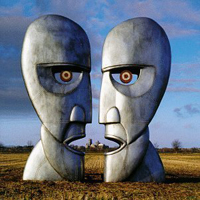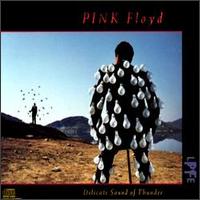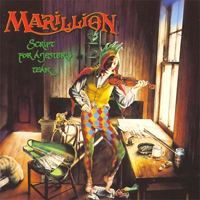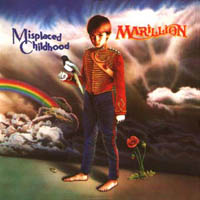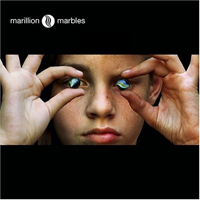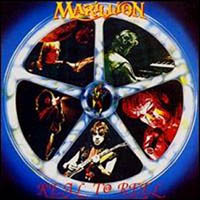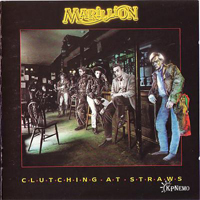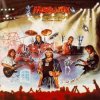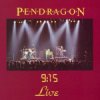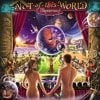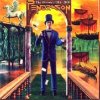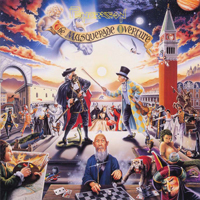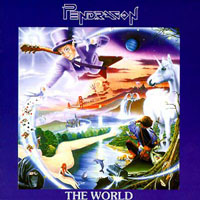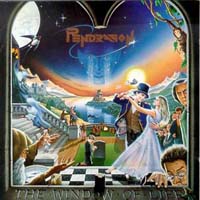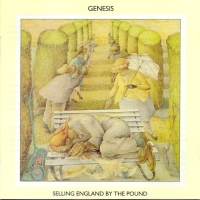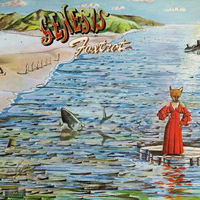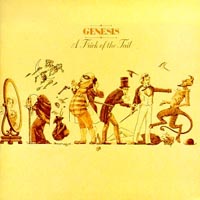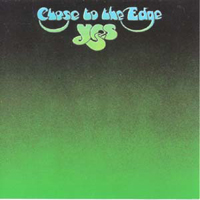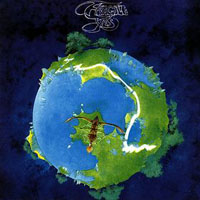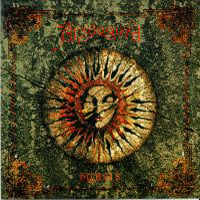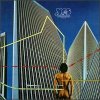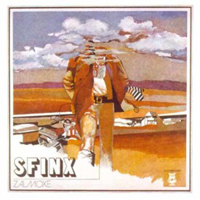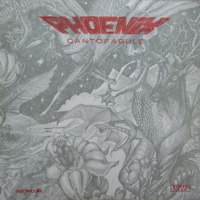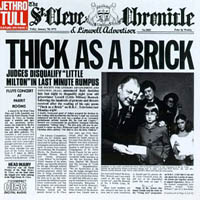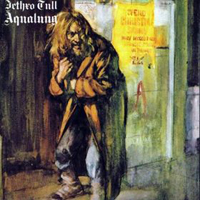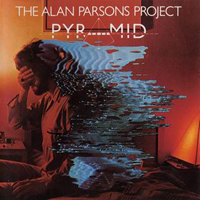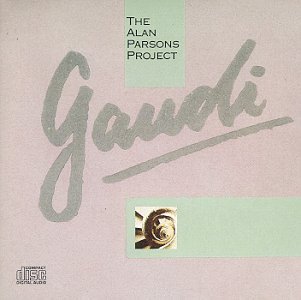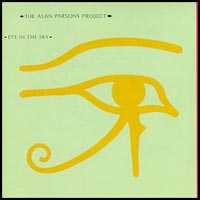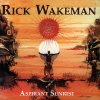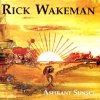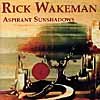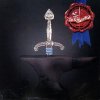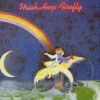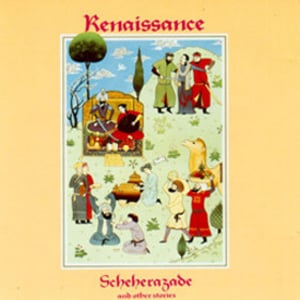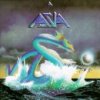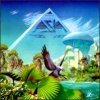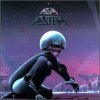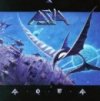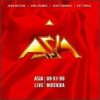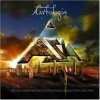 George Roger Waters (born 6 September 1943) is an English rock musician; singer, guitarist, bassist, songwriter, and composer. He is best known for his 1965–1985 career with the band Pink Floyd (he was credited as their main songwriter, after the departure of Syd Barrett), bass player and one of their lead vocalists (along with David Gilmour and, to a lesser extent, Rick Wright). He was also the lyrical mastermind behind many of the band's concept albums, especially The Dark Side of the Moon, Wish You Were Here, Animals, The Wall, and The Final Cut, and their well known symbols including the Pink Floyd pigs and the marching hammers.
George Roger Waters (born 6 September 1943) is an English rock musician; singer, guitarist, bassist, songwriter, and composer. He is best known for his 1965–1985 career with the band Pink Floyd (he was credited as their main songwriter, after the departure of Syd Barrett), bass player and one of their lead vocalists (along with David Gilmour and, to a lesser extent, Rick Wright). He was also the lyrical mastermind behind many of the band's concept albums, especially The Dark Side of the Moon, Wish You Were Here, Animals, The Wall, and The Final Cut, and their well known symbols including the Pink Floyd pigs and the marching hammers.Following this, he began a moderately successful solo career releasing three studio albums and staging one of the largest concerts ever, The Wall Concert in Berlin in 1990. In 2005 he released an opera, Ça Ira, and joined Pink Floyd at the Live 8 concert in London, on 2 July 2005, for their first public performance with Waters in 24 years.
In 1965, Roger Waters co-founded Pink Floyd (after many different incarnations—see Pink Floyd) along with Syd Barrett, Richard Wright and Nick Mason. Although Barrett initially did most of the songwriting for the band, Waters wrote the song "Take Up Thy Stethoscope and Walk" on their debut LP, The Piper at the Gates of Dawn. The album was a critical success and positioned the band for stardom. Barrett's deteriorating mental health led to increasingly erratic behaviour, rendering him unable to continue in his capacity as Pink Floyd's lead singer and guitarist. Waters attempted to coerce his friend into psychiatric treatment; this proved unhelpful, and the band approached David Gilmour to replace Barrett at the end of 1967. Even the band's former managers felt that Pink Floyd would not be able to sustain its initial success without the talented Barrett. Filling the void left by Barrett's departure, Waters began to chart Pink Floyd's new artistic direction. The lineup with Gilmour and Waters eventually brought Pink Floyd to prominence, producing a series of albums in the 1970's that remain among the most critically acclaimed and best-selling records of all time.
In 1970, Waters collaborated with British composer Ron Geesin (who co-wrote Pink Floyd's title suite from Atom Heart Mother) on a soundtrack album, Music from "The Body", which consisted mostly of instrumentals interspersed with songs composed by Waters. Within Pink Floyd, Waters became the main lyrical contributor, exerting progressively more creative control over the band: he produced thematic ideas that became the impetus for concept albums such as The Dark Side of the Moon and Wish You Were Here, for which he wrote all of the lyrics and some of the music. After this, Waters became the primary songwriter, composing Animals and The Wall largely by himself (though continuing to collaborate with Gilmour on a few tracks).
Waters' band-mates were happy to allow him to write the band's lyrics and guide its conceptual direction while they shared the opportunity to contribute musical ideas (Gilmour described Waters as "a very good motivator and obviously a great lyricist,"even at the height of the acrimony between them in 1995). Some of the band's most popular and beloved songs, including "Echoes", "Time", "Us and Them", "Wish You Were Here" and "Shine On You Crazy Diamond", feature the strong synergy of Waters' sharp lyrical instincts combined with the melodic talent of Gilmour, the soft, precise drumming of Nick Mason, and atmospheric patterns of keyboardist Richard Wright ("Us and Them", for instance, began as a sweetly melodic Wright keyboard instrumental and gained poignancy when Waters added plaintive antiwar lyrics). Unfortunately, this give-and-take relationship began to dissolve: a consequence of the band's collective ennui, according to Waters. Song-writing credits were a source of contention in these difficult years; Gilmour has noted that his contributions to tracks like "Another Brick in the Wall, Part II", with its blistering guitar solo, were not always noted in the album credits. Nick Mason addresses the band in-fighting in his memoir, Inside Out: A Personal History of Pink Floyd, characterizing Waters as being egomaniacal at times. It was while recording The Wall that Waters decided to fire Wright, after Wright's personal problems began to affect the album production. Wright stayed with the band as a paid session musician while Waters led the band through a complete performance of his opus on every night of the brief tour that followed (for which Gilmour acted as musical director).
In 1983 , the last Waters–Gilmour–Mason collaboration, The Final Cut, was released. The sleeve notes describe it as being a piece "by Roger Waters" that was "performed by Pink Floyd" (rather than an actual Pink Floyd record). So, to many the album came across more like a Roger Waters solo album than Pink Floyd (similar to A Momentary Lapse of Reason and The Division Bell being tagged as Gilmour solo albums). It was the lowest selling Pink Floyd album in a decade without a hit single. Gilmour unsuccessfully tried to delay production on the album until he could author more material; Waters refused, and in 1985, he proclaimed that the band had dissolved due to irreconcilable differences. The ensuing battle between Waters and Gilmour over the latter's intention to continue to use the name Pink Floyd descended into threatened lawsuits and public bickering in the press. Waters claimed that, as the original band consisted of himself, Syd Barrett, Nick Mason and Richard Wright, Gilmour could not reasonably use the name Pink Floyd now that it was without three of its founding members[citation needed]. Another of Waters' arguments was that he had written almost all of the band's lyrics and a great part of the music after Barrett's departure. However, through agreement, Gilmour and Mason won the right to use the name and a majority of the band's songs, though Waters did retain the rights to the albums The Wall (save for three of the songs that Gilmour co-wrote), Animals, and The Final Cut, as well as claiming ownership of the famous Pink Floyd pigs.
For many fans and casual listeners, the collaborative years of 1971–1979 remain the "classic" Pink Floyd years due to the albums released and prominence of Pink Floyd in music culture; a 1987 end-of-year review in Rolling Stone noted that Waters' solo effort Radio K.A.O.S. and the post-Waters Pink Floyd album A Momentary Lapse of Reason, if taken together, might have made a nice follow-up to The Dark Side of the Moon. In 2005, Waters agreed to rejoin Pink Floyd on stage for Live 8, and on 2 July 2005, Roger Waters, David Gilmour, Nick Mason, and Rick Wright performed together on-stage for the first time since the June 1981 Wall concerts at Earl's Court in London.


.jpg)



